Running your own Etsy shop is one of the quickest, cheapest, and simplest ways to start your own business! In this tutorial, I’ll show you how to open an Etsy shop, give you ideas of what to sell, explain some of the fees, and give you 40 FREE listings to get you started!
Having an Etsy shop has been an excellent source of money for My Income Journey. I love the freedom, flexibility, and creative outlet it offers. I have operated two successful Etsy shops and highly recommend selling on Etsy if you’re looking for a fun way to earn money from home. Follow my tutorial below to help you get your Etsy shop up and running!
But I Don’t Know What I’d Sell!
Whenever I recommend to friends that they should start an Etsy shop, their first response is almost always the same, “What would I sell?” While I can’t tell you specifically what you should sell, here’s some ideas to get you thinking. Just to be clear, you don’t have to know how to sew, be crazy crafty, be an artist, or already have a product in mind. Be open to new ideas and trying new things. I am not a crafty person, but I have loved selling on Etsy. If you don’t have any ideas in mind for your Etsy shop yet, here are a few suggestions to get your wheels turning. For extra ideas read, “100 Ideas of What to Sell on Etsy!”
Weddings – the wedding section on Etsy is hugely popular. Is there something that worked at your wedding that you could share with others? Decorations? Party favors? Custom gift for the bride and groom?
Digital Items – are you computer savvy? Know how to use Photoshop or Illustrator? Even if not, there’s plenty of free tutorials to help you learn. Sell clipart, birthday party invitations, baby room decor, prints, and more!
Funny – are you pretty witty? Design custom mugs, canvases, greeting cards, etc. with your hilarious humor printed on whatever product you want. Remember you don’t have to make the mug yourself, another company can print your design for you.
Children’s Book – quiet books, personalized books, educational books, whatever knowledge you want to share. Make a book on it!
Jewelry – Love to bead? Sell your beautiful creations!
Cats – Are you a crazy cat lady? Make a shop that’s all things cats. Vintage cats, cat cards, cat fabric, and more!
Vintage Toys – Scour garage sales, surf the net, clean out your basement, and sell those nostalgic toys that you know and love.
What You are Allowed to Sell
Etsy is a unique marketplace that only sells items that fit in these categories: handmade, vintage, or supplies. You’ll need to sell items that fit in one of these categories. Here’s a brief overview of what these categories entail.
Handmade
Handmade is considered the heart of Etsy. It’s what really makes them who they are. There are so many handmade items that you really can’t find anywhere else. Handmade can include anything from items you’ve sewn, jewelry you make, clipart you design, paintings, thank you cards, and millions of more ideas! However, handmade doesn’t strictly mean you sat in your garage crafting something. Etsy does update their guidelines and many things have changed in the past few years as to what qualifies as handmade. Your handmade items do not have to be made just by you. If you need to hire help, that’s just fine. If you have staff working from different locations, that’s fine too. List all your staff on your about page and let everyone know that this handmade item is a collaboration of many talents.
You can use also shipping and fulfillment services. This guideline was a huge relief for many shop owners! Here’s an example, let’s say you design t-shirts. You’re an awesome graphic designer, but have no desire to actually print the shirts at your house. You can use a manufacturer to produce the shirt for you and even have them ship the shirts directly to your customer from their manufacturing warehouse. I use this method in my Etsy store. I have shirts, mugs, prints, and a few other items with my photography and design, but other companies actually produce the product for me. They also ship the product directly to my customer when it’s finished and they ship it without using their logo, this is called drop shipping. They also don’t include a manufacturing receipt or anything that would make the customer know where it was manufactured. Drop shipping is an awesome way to sell products without having to deal with all the headaches that come with shipping (boxes, post office, packaging material, etc.). You do run some risk that the manufacturer sends one of your customers a bad product, but that wouldn’t be good for the manufacturer so they typically do their best to ensure they’re running a quality business too. If you’re interested in finding a manufacturer to work with to help create your product, check out Etsy’s manufacturing page here. You can search for local manufacturer’s or ones that offer drop shipping. Search for manufacturers in apparel, printing, jewelry, etc. and work together to bring your designs to life!
Vintage
Selling vintage items is another popular avenue for generating income on Etsy. Vintage is considered anything 20 years or older (that makes me feel old). Vintage categories include a wide array of items: sunglasses, scarves, toys, crochet patterns, art, movie posters, wigs, and more! Most successful vintage sellers find a niche and become knowledgeable in that particular area. If you don’t have a niche, don’t let that stop you. Your store can be full of an assortment of items that you discovered at garage sales, bought for cheap at a second-hand store, or found in grandma’s attic.
Supplies
The final Etsy approved category is supplies. These are tools, ingredients, or materials for use in the creation of a new handmade item. Here’s a few examples that fit this category: boxes and tins, labels, packaging and mailing supplies, fabric, buttons, frames, etc.
What Can’t Be Sold on Etsy
Items that you aren’t allowed to sell through Etsy include reselling items you didn’t have a part in creating (unless vintage or supplies), drugs, mature content, dangerous items, etc. Read Ety’s full prohibited items list here for further details.
As you can see there are many options for what you can sell. I recommend taking a look around Etsy if you aren’t familiar with the site, brainstorm ideas, find something you’d enjoy selling and then go to step 2 and get your shop open for business!
Sign Up to Sell
Create your account by clicking the “Sell on Etsy” link at the top right of the site, or click here.
If you don’t have an Etsy account, click “Register”. If you’ve used Etsy before (even just to buy something) then just sign in. You can also sign in with Facebook or Google. Fill out all the necessary registering information and then click “register”. Etsy will send a verification email and make sure you click on that before proceeding. Now that you’re all signed in, click “Sell on Etsy” or “Open your Etsy Shop”.
Go through the step of setting up preferences like language, country, and currency. You might be asked if your shop is a full-time job or part-time job, but this is just an information question and won’t affect the setup of your shop so don’t stress about the question if you’re thinking “I’d love for it to be full-time, but right now I don’t know if it will be or not.”
Shop Name
It’s fun and stressful to pick a name! I recommend reading my post about choosing a website name here. Many of the same tips apply to choosing an Etsy shop name as choosing a domain/website name. You want the name to be easy to remember, make sure it’s available on all the social media sites (see namecheckr.com), and have it describe your business. Your shop name will become part of the URL to get to your shop. It will look like this:
https://www.etsy.com/shop/shopname or shopname.etsy.com
You can capitalize letters in your shop name to make it easier to distinguish certain words.
For example: https://www.etsy.com/shop/ShopName
Etsy has a few requirements that your shop name must meet:
- 4-20 characters in length
- No spaces or special characters
- No profanity
- Not already in use by an existing Etsy member
- Does not infringe on another’s trademark
If you enter a shop name and it’s already taken then Etsy will suggest some available shop names. It can be tricky to find a good shop name that isn’t taken because once someone registers a shop name then it’s taken forever! It doesn’t matter if the shop is active or was closed down years ago, that shop name is gone. So searching Etsy for a specific shop name isn’t an effective way to see if it’s available since closed shops don’t shop up in the Etsy searches. You’ll need to just try shop names while you’re setting up your shop to see if they’re available.
Once you’ve found a name you like, save that name and continue with the setup process. The shop name will be held for you even while your shop isn’t open. Don’t worry, your shop won’t open until you’re ready.
Now it’s time to get your products listed for sale! Each item you post for sale is referred to as a “listing”. Take your time getting a decent amount of listings ready before you officially open your shop. It’s hard to trust a shop with zero sales and two items listed. I recommend having at least 10 items ready to sell before opening day.
Add Photos
Quality photos make a HUGE difference in sales. One of the hardest parts about selling online is selling someone a product that they can’t touch or see in person. Your photos go a long way in making a customer feel comfortable with an online purchase. Plan on editing your photos. If you don’t already have software that can do this, you can purchase Photoshop, or you can use PicMonkey.com or gimp.org for free.
Etsy recommends your images be between 800 – 1000 pixels wide, the height can vary. The first image you upload will be your listing’s thumbnail in the Etsy search engine so put your best image that will catch shoppers eyes first! You can drag the order of images around once you’ve uploaded them. You can also do a bit of editing to the thumbnail by clicking the pencil icon at the bottom of the uploaded photo. You can crop it or move it left or right so it’s a better preview.
Listing Details
Title – include good key words in your title. The words in your title are searchable and can make a big difference in people finding your item. Pretend you’re a buyer and try to find an item like yours on Etsy already. Can you find it? What keywords did you use to find it? Your title can be 140 characters long and I try to use all the characters I can on my title.
Once your title is done, continue filling in the rest of the necessary info for your listing: category, price, quantity, etc.
Description – your description is not searchable, so don’t count on key words being helpful in this section. Make sure your description is very clear! The more accurately you describe your product the less you’ll have to deal with emails, questions, returns, etc.
Section – organizing your listings with sections can be very helpful to buyers, especially if you have a lot of listings. Let’s say your shop is a cat-themed, you might have a section for “cards” that includes different cat cards, and a section on “shirts” if you’re selling cat shirts, etc.
Shipping – shipping can be one of the hardest obstacles in running an online shop. Make sure you know your shipping prices before you open. I had a few terrible shipping experiences with my first shop and learned a few things the hard way. My very first order on Etsy was to Australia. I didn’t realize I was even offering to ship outside the USA (you can filter where you’re willing to ship to), but since she was my FIRST order I was so excited that I decided to make her order without even checking with the post office. I made a giant wooden, hand-painted, princess castle. I think it was a little over 3 feet tall. Then I made a custom box, wrapped it up really well, and took it to the post office. They told me they wouldn’t mail it, it was too big. What?! They seriously just told me “no”. I was a few inches over their allotted size so I had to go back, unwrap it, cut the wood down, fix the painting, etc. and try again. Long story short, I ended up losing money on that sale because the shipping cost was crazy expensive, but I had already custom made it with her daughter’s name on it so I didn’t want to cancel the order. It took me hours to make the product and get it shipped and I lost money. It was a mess. Don’t let this discourage you, I LOVE my Etsy shop now. Just take my advice and get your shipping completely figured out before opening. After my Australia experience I switched my shop settings to only ship to the USA until I figured out international shipping.
Search Terms – you have 13 tags you can use to help shoppers find your product. One trick to help you discover popular search terms is to go to Esty and start typing in the search bar some terms relating to your product. You’ll see some autofill suggestions come up. These suggestions are commonly typed searches and many people then click on the suggestion to finish their search. Make sure those autosuggestions are in your tags or your title so they can lead people to your product.
Preview – be sure to preview your listing before you post it. You can always edit it after it’s posted, but just double check it before it goes live.
Post – congratulations! Your item is now for sale and millions of people can easily find it!
Fees
How much does it cost to sell on Etsy? There are a few different types of fees associated with selling on Etsy. Overall I think the fees are reasonable and fair considered the amount of advertising Etsy provides and the ease of having a shop with them. Here’s a rundown of the fees.
Listing Fee
This fee you will encounter every time you list a product. This fee is $0.20. Yep, just 20 cents to list a product. You’ll be charged the $.20 listing fee whether or not your item sells. It is charged the moment you list it. Etsy allows your listing to be active for 4 months. If your product hasn’t sold after being active for 4 months then that listing expires and you’ll need to pay the $.20 to renew that listing for another 4 months. If your product does sell and you want to sell it again, you’ll need to pay the $.20 to list it again. This can be done automatically, as I do with all the items in my shop. There’s a selection to automatically renew a listing after it sells when you’re creating your listing. Listing fees will appear on your Etsy bill and are non-refundable.
Transaction Fee
Woo hoo! You’ve made a sale! After someone buys your product, you will be charged 3.5% of the listed sale price. You are not charged the 3.5% fee for shipping, but don’t try to get around this fee by charging huge shipping prices and a small sale price, Etsy will ban you for that. Plus I find it annoying and deceitful feeling when I think a product only costs $5 and then shipping is $25 or something crazy. This transaction fee will appear on your Etsy bill.
Payment Processing Fee
Etsy has their own online payment service called Direct Checkout. Back in the day of my first Etsy shop, this was all done through Paypal and I paid Paypal processing fees. Now Etsy has their own processing fees and they deposit my earnings directly into my bank account. This fee varies depending on where your bank is located. For the US, this fee is 3% + $.25. Most the country’s fees are close to that, but to see specifically what this fee is for your country, click here. This fee is based on the total amount of the sale including shipping and taxes. Unlike the other fees, this fee is taken out before you’re paid rather than on your Etsy bill. The Direct Checkout system that Etsy uses allows buyers to pay with credit card, gift card, Apple Pay, Paypal, and others so it’s a convenient tool and very similar to other credit card processing fees.
Optional Fees
There are other fees that are optional such as advertising, pattern fees (using Etsy to create your own website which I don’t recommend), and shipping fees if you purchase shipping labels through Etsy (I’ve never tried this). To read more details about these fees click here.
Example
Let’s say you have a hat that you sewed and you’re selling it for $10 and $3.50 for shipping. Here are the Etsy fees you’d end up paying when the hat sells:
The listing fee will be the flat $0.20.
The transaction fee will be $0.35 which is 3.5% of the 10 dollars.
The payment processing fee will be $0.55 which is the $0.25 flat fee plus 3.0% of the sale price plus shipping.
The listing fee and transaction fee will be deducted from the sale.
The payment processing fee will be billed at the end of the month and charged to your credit card on file.
This means Etsy will deposit $12.78 ($13.50 – $0.20 – $0.35) into your bank account and then you’ll pay $0.55 in your end-of-month Etsy bill.
This leaves you with $12.23 for profit and shipping. After you ship the item for $3.50, your final profit is $8.73.
For further details about fees, click here to read Etsy’s policy.
1. Advertise
Etsy is an amazing site that reaches millions of people, but don’t just sit back and wait for people to find your product. After it’s listed, Pin it, put it on Facebook, send out a Tweet that it’s now for sale. About 30% of my Etsy traffic comes from Pinterest!
2. Try New Things
My Etsy shop is named Snappy Brick Photos and my main niche is toy photography. However, since opening I have added some other products that have nothing to do with my original shop idea, but they’re selling great. I have printable Valentine’s cards, fine art photography, and more! Feel free to branch out and try new items and see what sells.
3. Track Sales and Views
Etsy tracks views, favorites, sales, key word searches, and more all for you! Pay attention to these stats and even track them in a spreadsheet. If you have a product that is getting lots of views but no sales, then you know your keywords and advertising are working, but something is off with your listing. Perhaps the price is too high, your pictures may not be appealing enough to get a buyer to order, or maybe your description is confusing or not detailed enough. On the flip side, you might have an awesome product that isn’t getting any views and that’s why it isn’t selling. If this is the case, you know you need to up your own marketing strategies and perhaps try paying for Etsy advertising.
4. Set Goals
My personal problem with Etsy and all my side jobs is there’s so much I want to do and so little time! I set monthly goals that I must accomplish before venturing out into trying new stuff. For example, I have 3 Valentine’s listings that I have to get finished before I can work on a photography listing because Valentine’s day is time-sensitive and I can’t let a new product idea distract me from getting done my top priorities.
5. Jump In!
There’s a great Etsy article titled “Why Done is Better than Perfect“. I love this phrase! It can apply to starting a website, opening an Etsy shop, or even making dinner! While you need to be prepared for this endevor and take the necessary steps to opening a successful shop, it isn’t going to be perfect. There will be photos you need to tweak, questions you didn’t know would come up, more and more products you want to add, etc, etc, etc. Don’t let fear stop you from obtaining your dreams! Jump in and get started! You never know what you can accomplish if you don’t try.
Comments are closed.

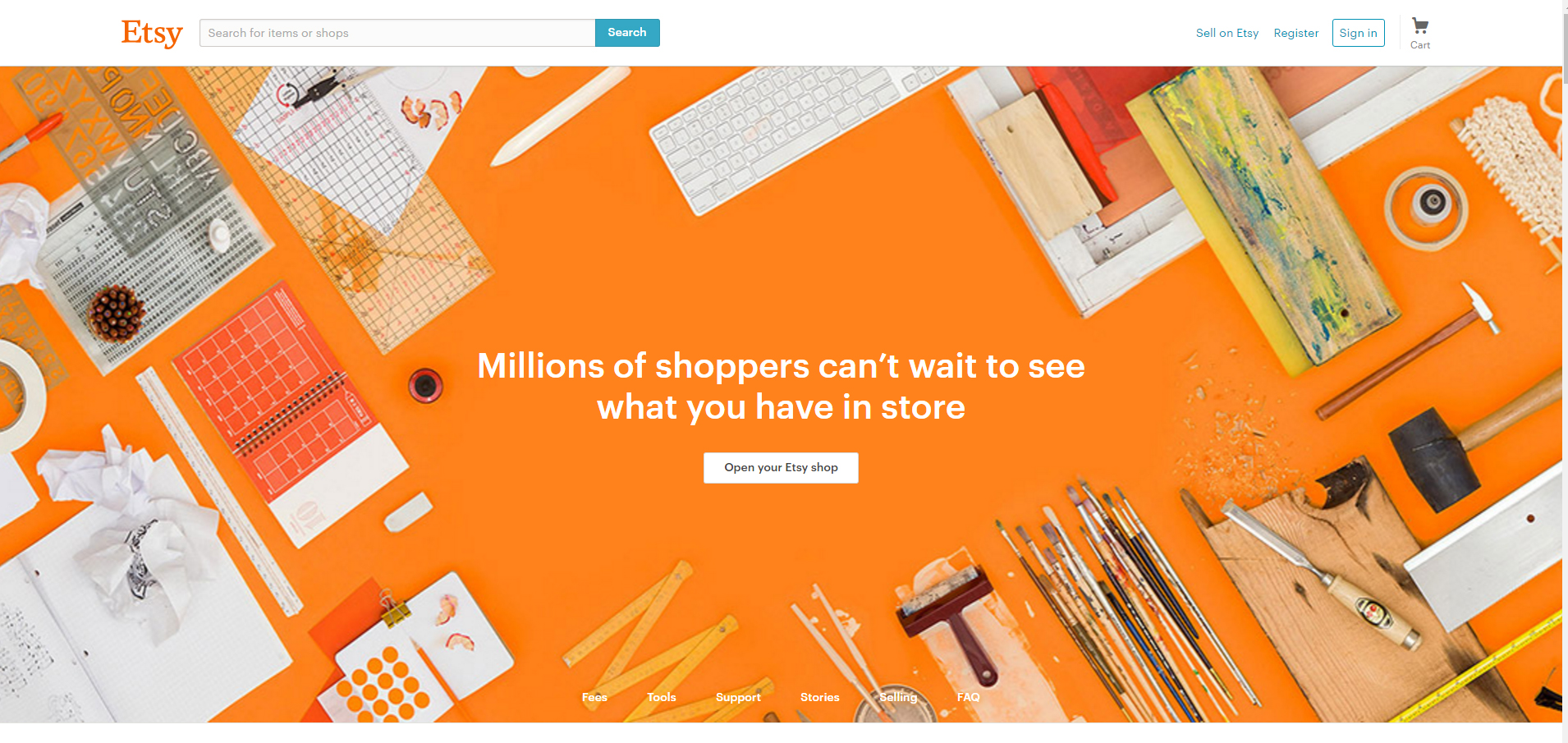



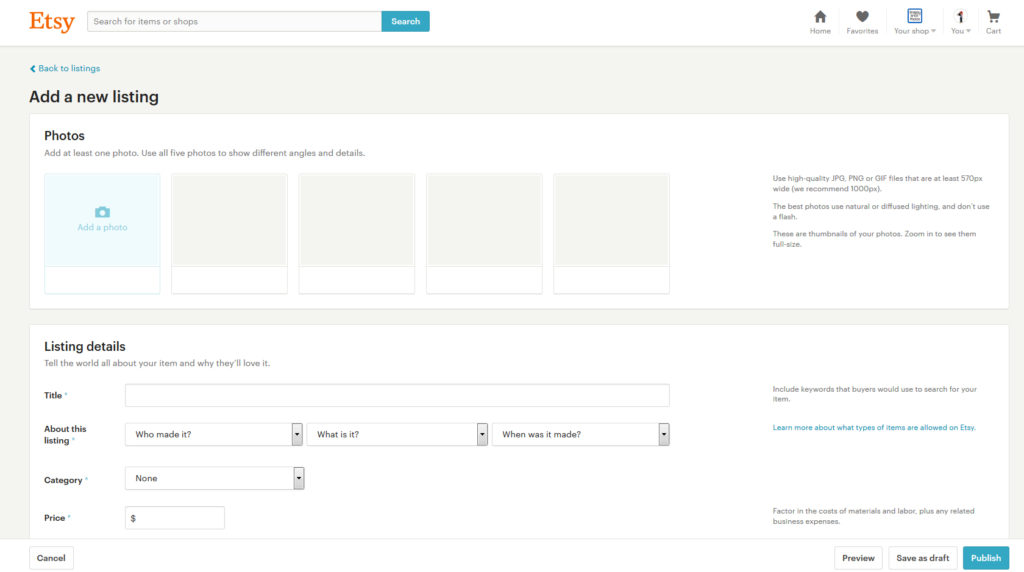
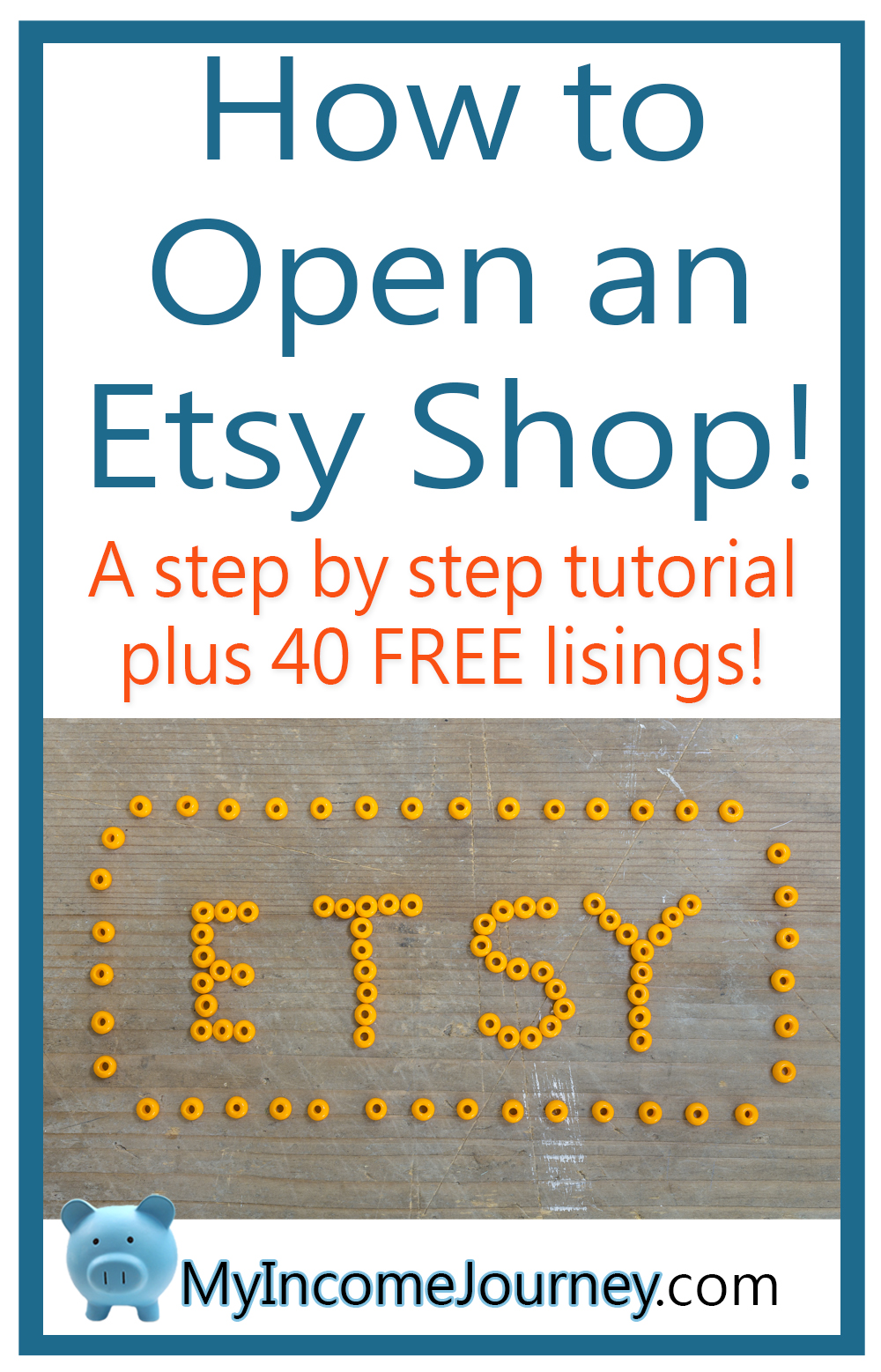
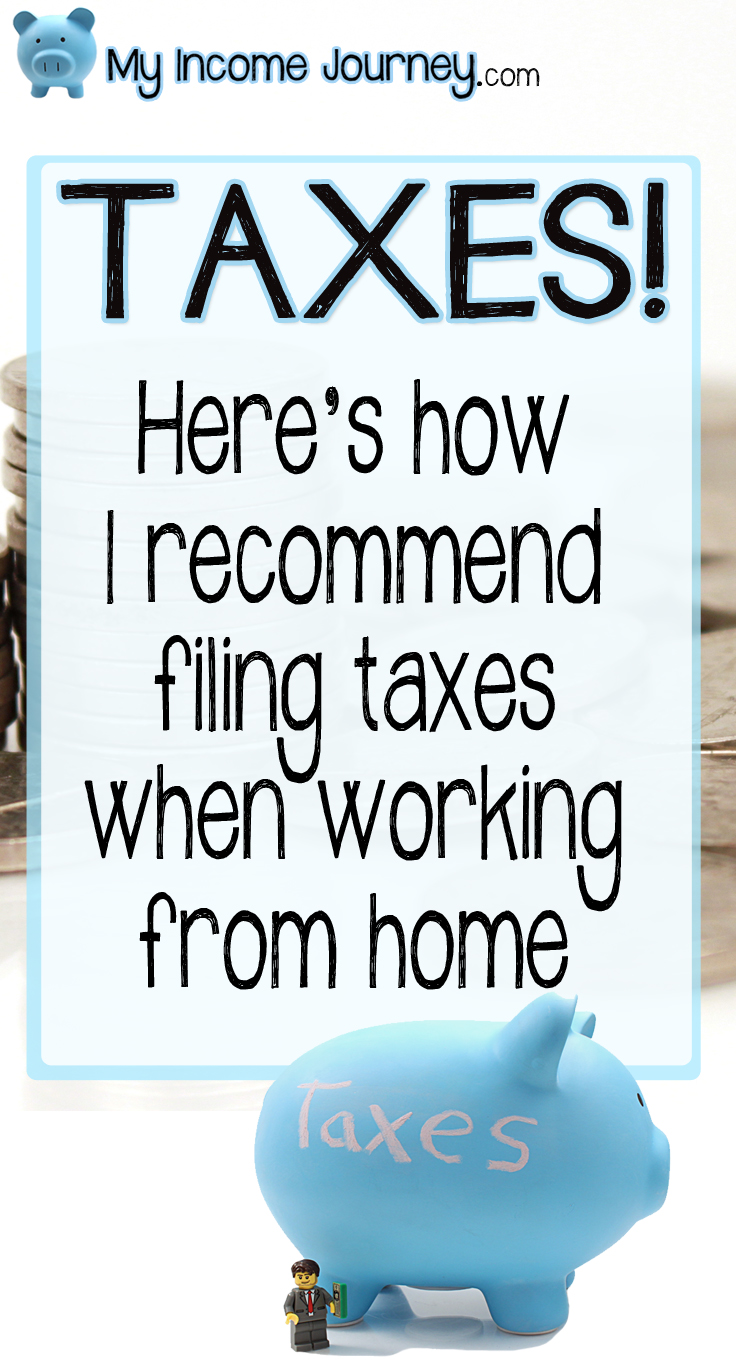

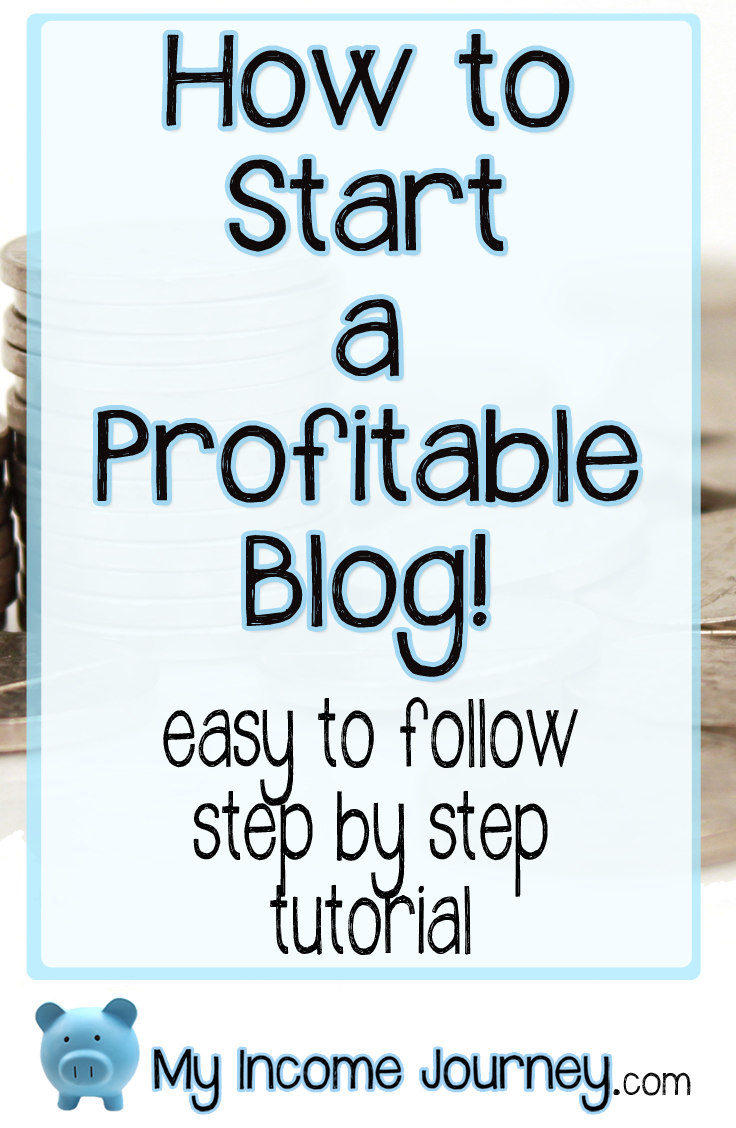
All great tips! I just opened up my Etsy shop this week actually, so this was very timely for me!
These are great tips. I’ll share them with friends who want to open Etsy shops.
I have often thought “I’m not crafty, so I can’t sell on Etsy”. Your post told me otherwise! Thanks for all this helpful information!!
Etsy is really cool I thought it’s only for artsy stuff, but I was wrong.
I’ve often considered selling my crochet items (both finished products AND written patterns) on Etsy once I can build a stock pile. I might have to put it off a bit longer until I can get at least 2 of our 3 babies in school. But this is definitely a lucrative venture and I had no idea you could sell vintage items on there!
These are great tips and certainly very helpful to those looking to sell stuff on Etsy! I love Etsy and would always get things I need from there.
Belle | One Awesome Momma
This is great! I have always wanted to sell something on Etsy. These are such great ideas!!
Oh wow it would be amazing to start an etsy shop. After reading your tutorial I just might.
Thank you for sharing this! I’ve actually been considering opening a shop. I’ll have to look into this.
Great post! I’m thinking about this idea…this was great read. Thanks for sharing.
I was just talking about opening an Etsy shop yesterday! I love to make beaded jewelry. I just don’t know if I want to spend the time on it. My blog takes up so much time as it is!
My friend is starting up her eysy I’m going to share this with her. I’m sure it will come in handy for her.
Great tips! I have opened my etsy store just a few days ago for selling the photos I took when I was travelling around the world 🙂
Nadine Cathleen | Karateandcaviar.com
[…] being open. Etsy has been a fun, profitable side hustle that I’m glad I started last year. Read my tutorial on How to Start an Etsy Shop! June & July Orders: 65 Products Listed: […]